Boeing 747: British Airways is right – we have got to move on
The Man Who Pays His Way: I love aircraft not for what they are, but for what they do
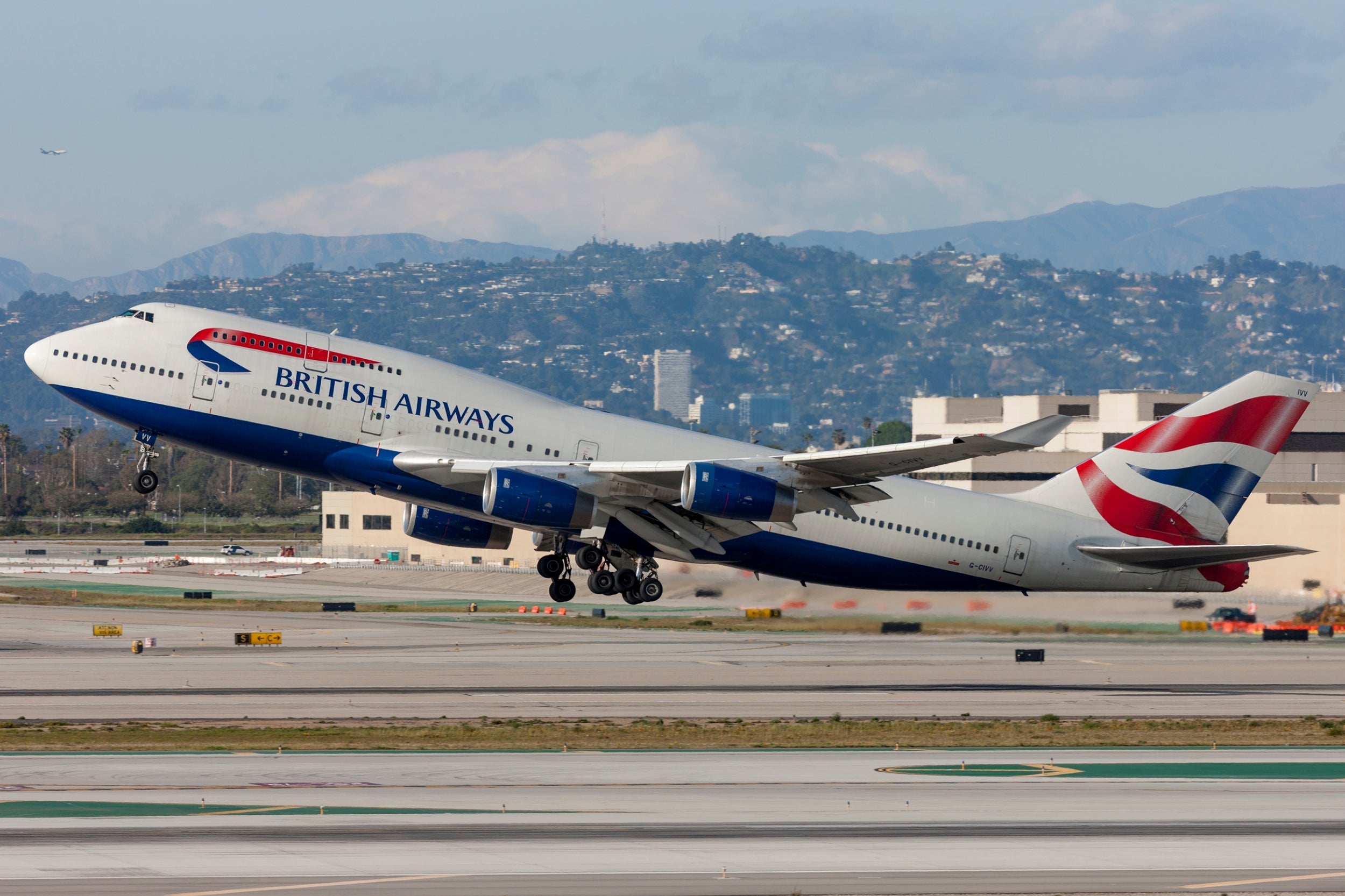
Your support helps us to tell the story
From reproductive rights to climate change to Big Tech, The Independent is on the ground when the story is developing. Whether it's investigating the financials of Elon Musk's pro-Trump PAC or producing our latest documentary, 'The A Word', which shines a light on the American women fighting for reproductive rights, we know how important it is to parse out the facts from the messaging.
At such a critical moment in US history, we need reporters on the ground. Your donation allows us to keep sending journalists to speak to both sides of the story.
The Independent is trusted by Americans across the entire political spectrum. And unlike many other quality news outlets, we choose not to lock Americans out of our reporting and analysis with paywalls. We believe quality journalism should be available to everyone, paid for by those who can afford it.
Your support makes all the difference.You may despise aircraft – perhaps because you live near a busy airport, or due to your concern about the harm they do to the planet.
But many of us love planes.
When the news broke in the early hours of Friday morning that British Airways was grounding its fleet of Boeing 747s, some in the aviation world wept, and gushed.
“An aviation icon and the aircraft most pilots grew up wanting to fly,” wrote a BA captain, Dave Wallsworth, on Twitter.
“A favourite with pilots and cabin crew and, along with Concorde, the most recognisable aircraft in the world.”
Captain Wallsworth is quite right about the distinctive looks of these two planes, compared with the lookalike twin-engined aircraft of the 21st century.
But while Concorde and the jumbo were forged in the technological “white heat” of the late 1960s and made their livings shuttling across the Atlantic, they were very different concepts.
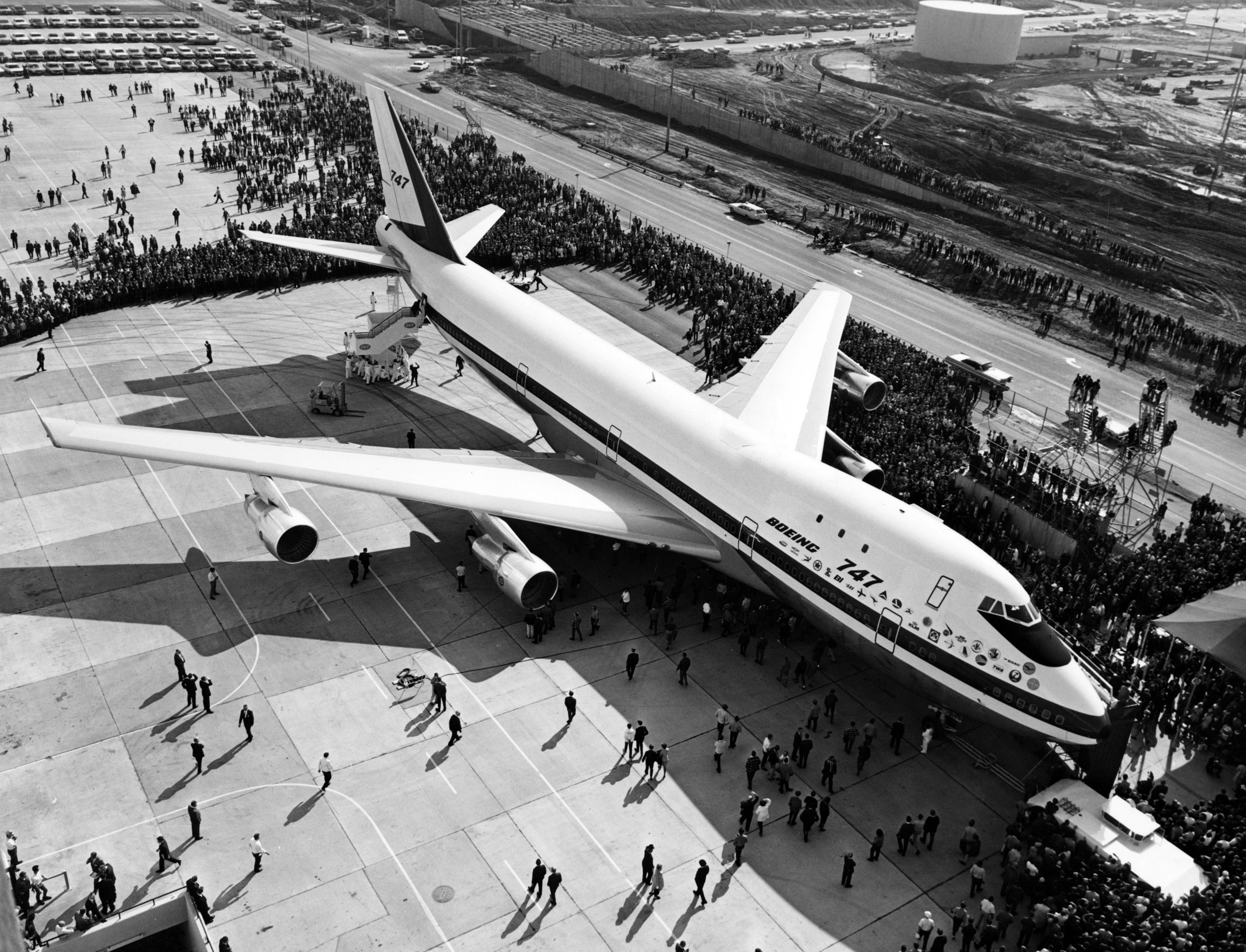
The supersonic jet was an Anglo-French aberration, an implausibly fast toy for the rich and glamorous. In contrast, the Boeing 747 democratised long-haul travel. That was the aim of Juan Trippe, an aviation visionary who founded Pan Am, and believed people should be able to “roam the four corners of the world, meeting in friendship and understanding the people of other nations and races”.
He persuaded the Seattle aircraft maker to design a plane to carry more than twice as many passengers as any existing jet. The economies of such enormous scale almost halved the seat-mile costs, enabling – indeed, obliging – airlines to cut fares to fill the vast cabin.
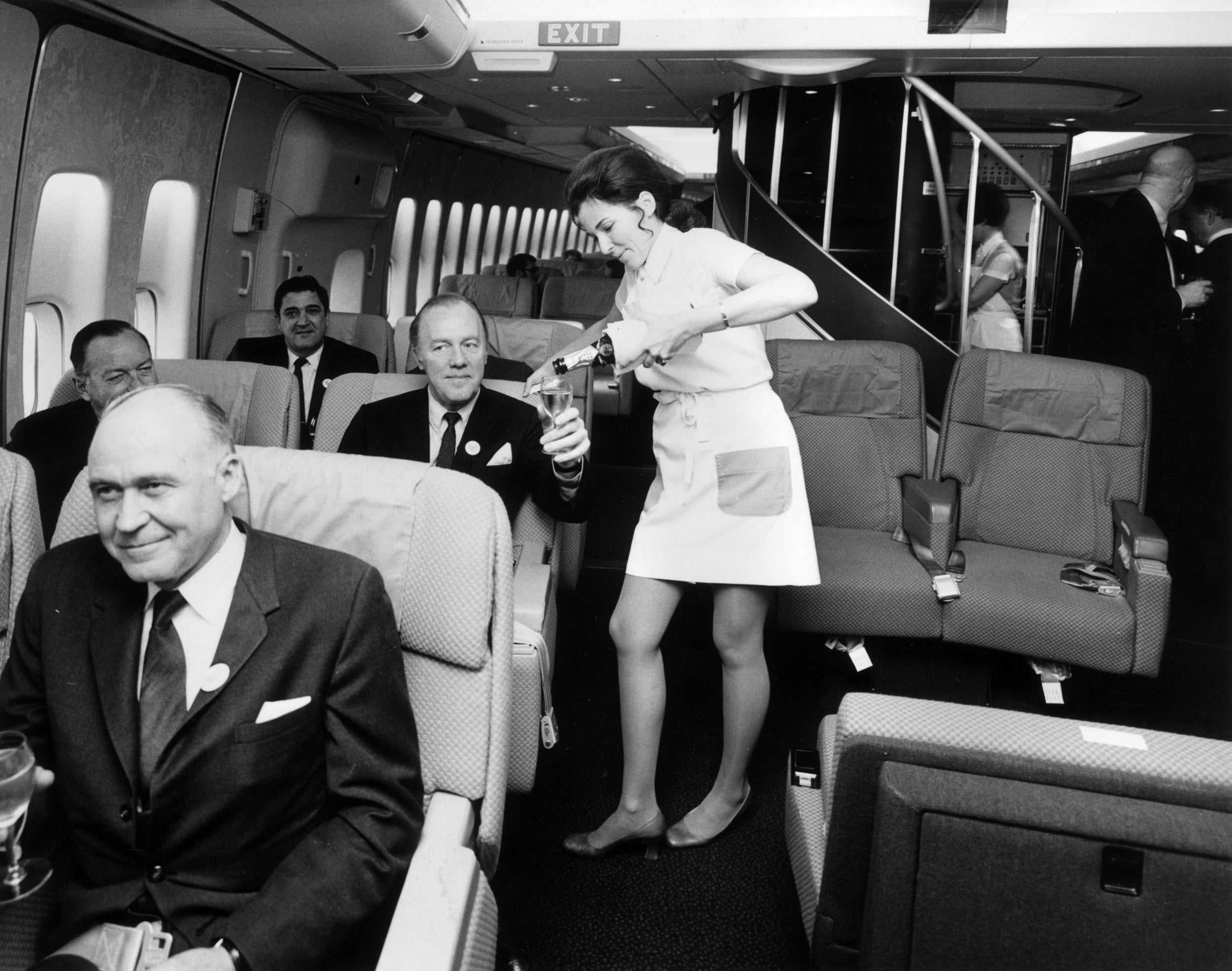
The gravity-defying behemoth turned almost as many heads as Concorde.
Yet most attention was focused on the upper-deck “bubble”. Unlike one-class Concorde, the 747 was an exercise in elitism. Hollywood’s finest mingled with rock stars upstairs, while their adoring fans gratefully flew economy.
Richard Branson seized on the upstairs, downstairs division when he founded Virgin Atlantic with a single Jumbo jet flying from Gatwick to New York Newark.
He chose the name “Upper Class” for the eight-seat cabin immediately behind the cockpit, and had to be persuaded not to label the lower deck “Riff Raff”.
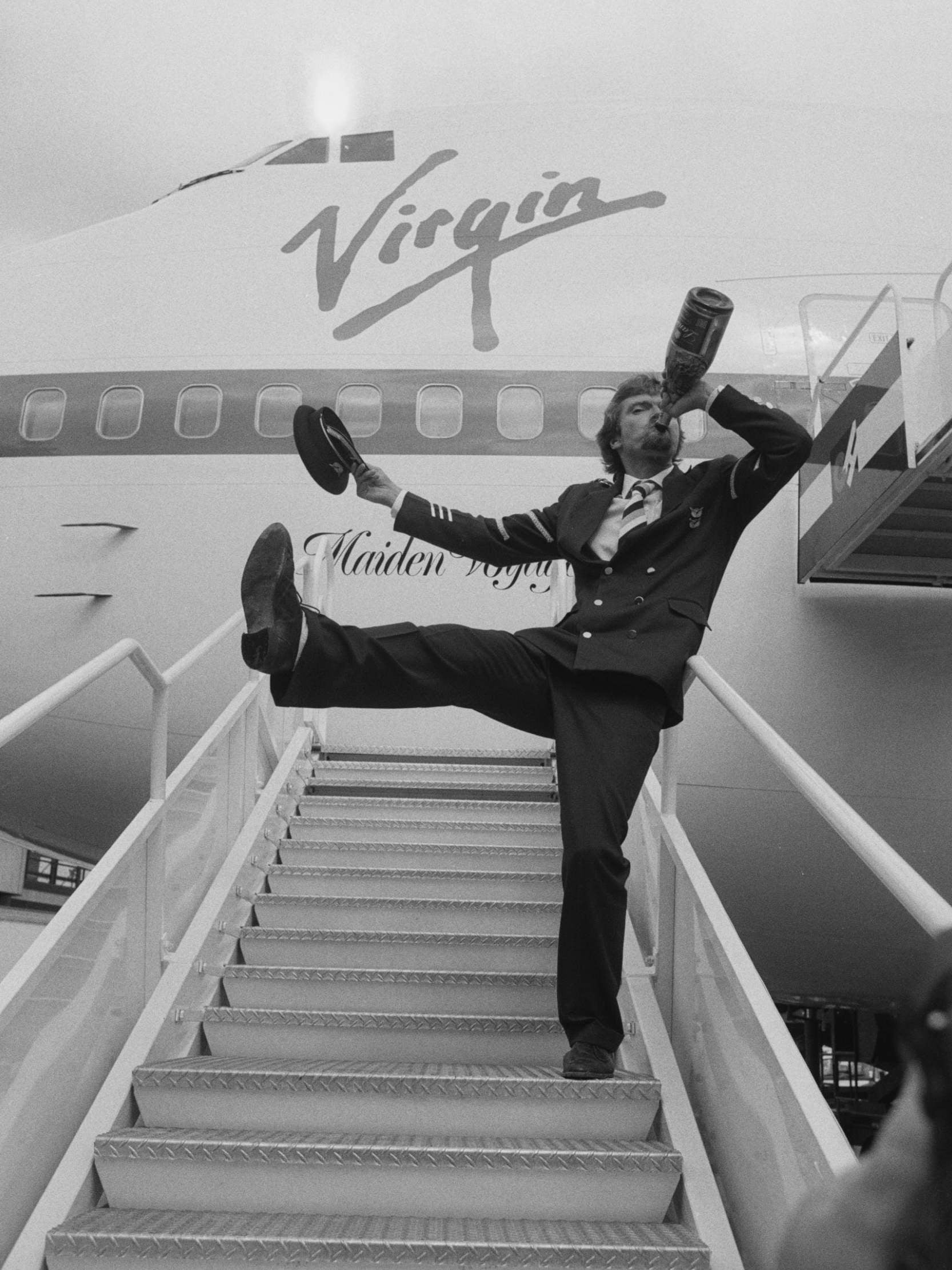
When, in a later iteration of the 747, the upper deck was stretched, the potential for sheer luxury expanded. At the point when aviation plunged into its worst-ever crisis, British Airways had more than 30 jets – many of them kitted out as “Hi-J” – jargon for loads of business-class flat beds.
On the world’s first billion-dollar route, between London Heathrow and New York JFK, celebrities (by then outnumbered by investment bankers) gladly paid £6,000-plus to fly the Atlantic in 20th-century planes kitted out to 21st-century standards.
You and I, meanwhile, benefited from their extravagance: with a full Club World cabin, BA was barely bothered about how little we were paying downstairs at the back (£300 return on my last flight).
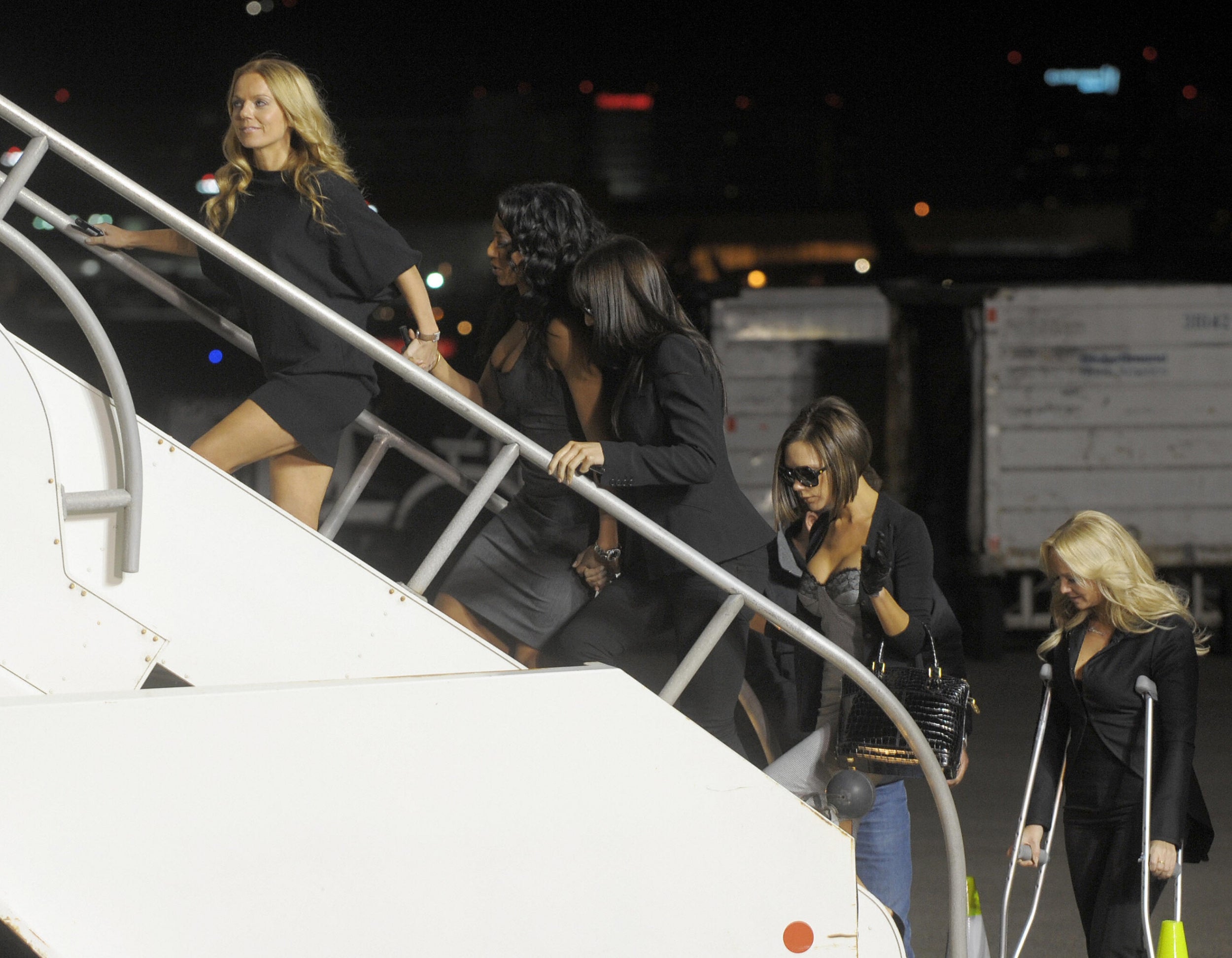
Those on the ground, though, were extremely bothered by the amount of noise and emissions that these elegant dinosaurs generated.
These gas-guzzling planes were due to be phased out by British Airways in 2024, but the coronavirus pandemic means they will be sent to the breakers’ yard half a century after they first entered service for Pan Am between New York JFK and Heathrow.
Iron Maiden will no longer be able to live the rock’n’roll dream by chartering their own 747 for a world tour, and plane spotters may be dismayed – but the planet will be less damaged.
The “Queen of the Skies” revolutionised travel in the late 20th century, extending horizons. She was a 180-ton force for good. But as the Boeing 747 gets clearance for its final flight to oblivion, I remain dry-eyed.
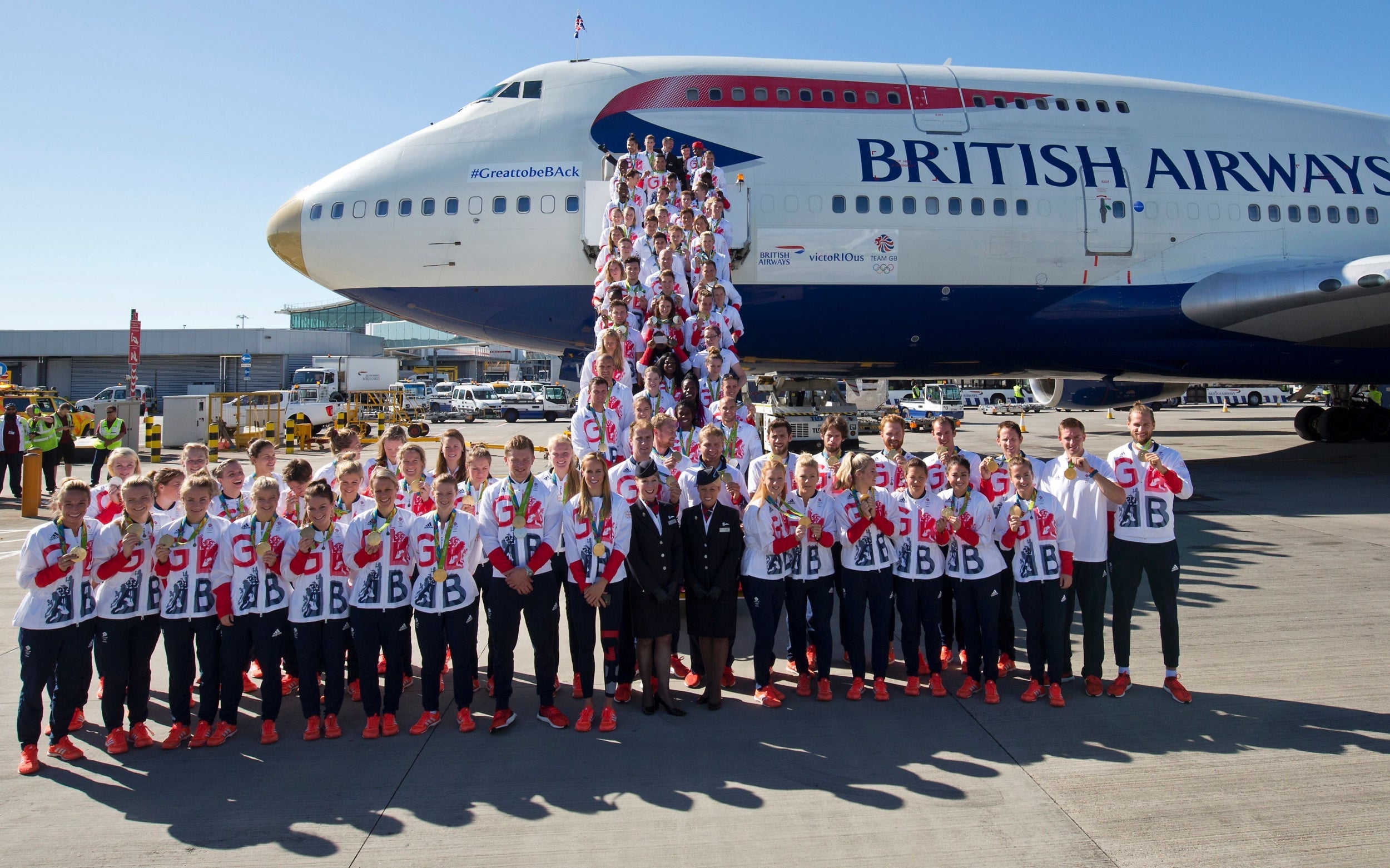
The two most successful airlines in the world have the dullest fleets: Southwest of the US and Ryanair of Ireland are wall-to-wall Boeing 737s.
Since we are well into the 21st century, efficient twin-jets are what we need to connect the world at the lowest possible impact. BA is right: it’s time to move on.
I love aircraft not for what they are, but for what they do: connect humanity.
Join our commenting forum
Join thought-provoking conversations, follow other Independent readers and see their replies
Comments